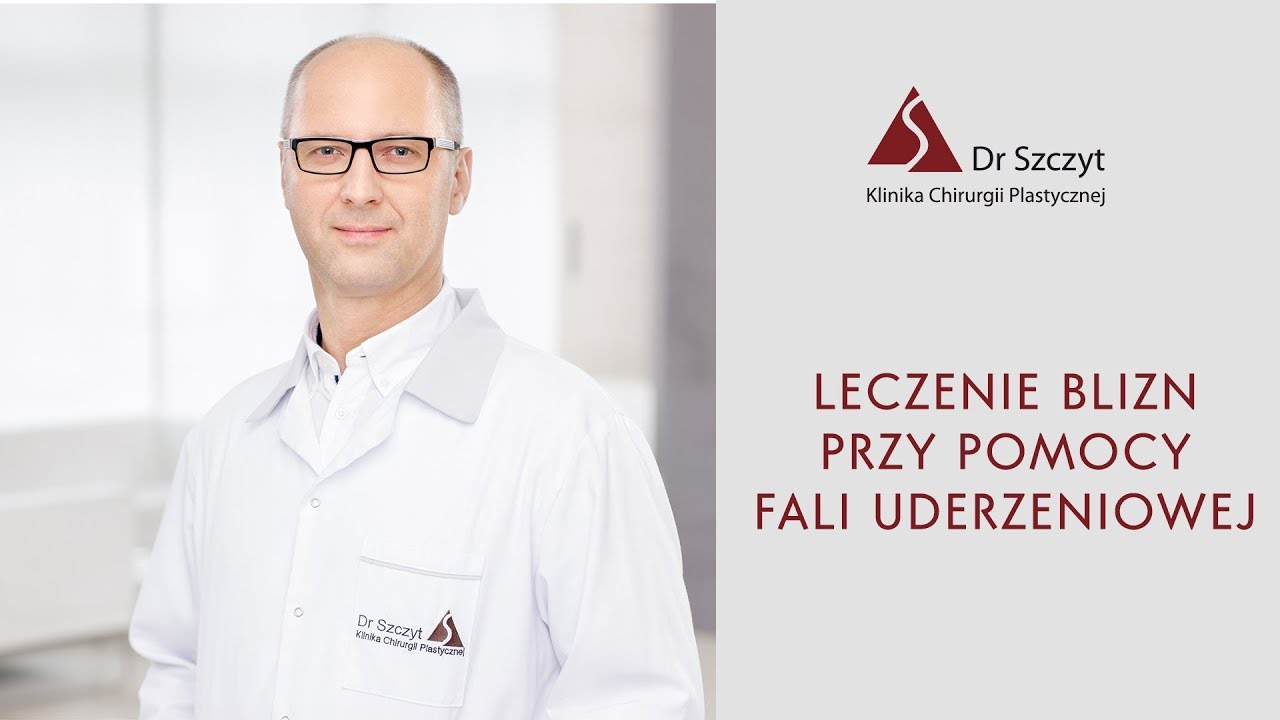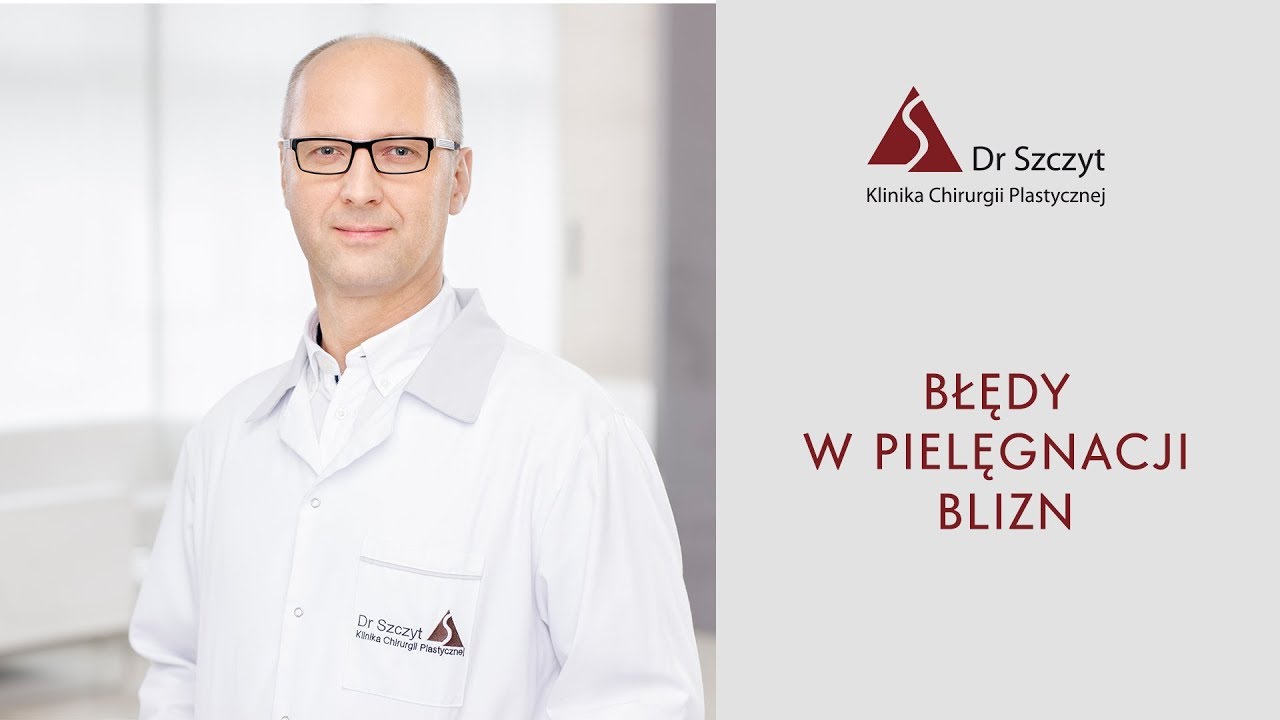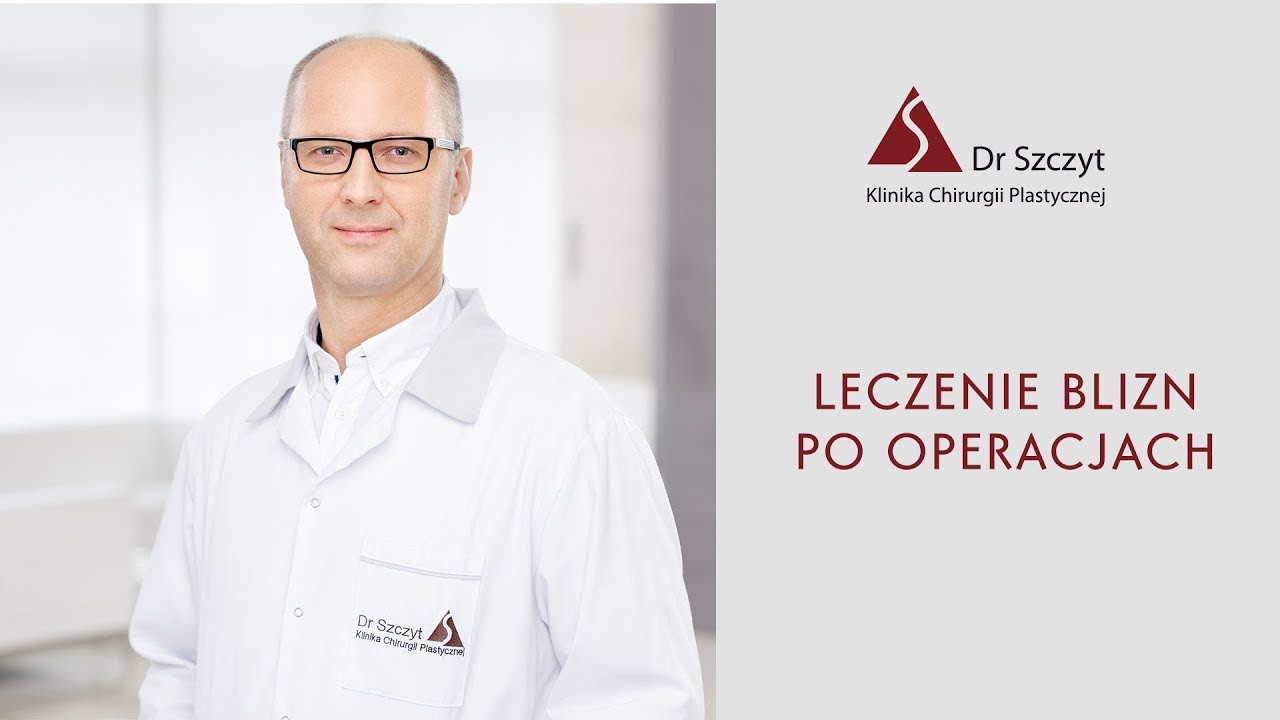How to effectively get rid of large scars?

Scars are not just a mark on the skin, but often a cause of discomfort and reduced self-confidence. Although many scars fade over time and become less visible, some remain prominent, especially if they are extensive, raised or located in exposed areas. They can cause itching, pain and even restrictions in movement. Modern aesthetic medicine and plastic surgery offer increasingly effective methods of scar reduction, so you can regain smooth, healthy-looking skin.
Scars - what are they, how do they form and what are their types?
Scars are the natural result of the skin's healing process after damage. They form as a result of trauma, surgery, burns or skin diseases such as acne or smallpox. Although they are part of the body's regeneration, their appearance can vary significantly depending on many factors. In some, scars are almost invisible, while in others they take on a hypertrophic or atrophic form, which can affect not only aesthetics, but also the comfort of life.
The process of scar formation - what happens in the skin?
Wound healing takes place in several stages, each of which affects the final appearance of the scar.
- The first phase is hemostasis, in which the body tries to stop bleeding by forming a clot.
- This is followed by an inflammatory phase, during which immune cells remove dead tissue and bacteria, protecting the wound from infection.
- The next stage is the proliferative phase, or skin reconstruction. Fibroblasts, special collagen-producing cells, start working intensively, creating new support fibers for the regenerating tissue. During this time, the skin begins to close, but is still fragile and vulnerable.
- The final, and longest, stage is remodeling, or the gradual rebuilding of the scar, which can take from a few months to as long as 2 years. During this time, the scar changes its color, texture and elasticity, but never fully regains the characteristics of healthy skin.
Factors affecting the appearance of a scar
The final appearance of a scar depends on many factors. The location of the wound matters - scars on moving parts of the body, such as joints or the neck, tend to be more visible, as the skin in these areas is often stretched. The type of injury also affects scarring - burns and deep wounds tend to leave more visible marks than shallow scratches.
The body's individual characteristics, including age, genetics, skin hydration level or propensity for scarring, also play a role. Younger skin produces more collagen, but is also more prone to hypertrophic scarring. Proper post-injury management is also important, i.e. proper wound care, avoiding sun exposure and using skin regeneration aids.
Types of scars - can each one be removed?
Scars are not homogeneous - they differ in both appearance and mechanism of formation.
- Hypertrophic (hypertrophic) scars - are formed when collagen production is excessive, but remain within the original wound. They are hard, red and may itch, but will become less visible over time.
- Atrophic (atrophic) scars - take the form of depressions in the skin and are most often the result of acne, pox lesions or trauma. They also include stretch marks. They are more difficult to remove because the skin loses its volume at the site of damage.
- Keloids - are the most problematic scars that grow outside the boundaries of the original wound. They are the result of excessive collagen production and are often irregular in shape. They tend to recur.
- Scar contractures - appear especially in areas of flexion, such as elbows and knees. They cause limited mobility, which may require specialized therapy and, in extreme cases, surgery.
It is worth remembering that no scar can be completely removed, but modern aesthetic medicine and plastic surgery offer numerous methods that can significantly improve its appearance and reduce its visibility. The appropriate choice of therapy depends on the type, location and age of the scar. Laser therapy, chemical peels, platelet-rich plasma therapy or surgical procedures can significantly reduce the lesions and restore the skin to a uniform texture. Since every scar is different and requires an individual approach, the most important thing is to consult a specialist who will choose the best treatment method. Often, combined treatments using different methods are used.
How to effectively get rid of scars?
Effective scar therapy requires a combination of different treatment methods and the cooperation of specialists in aesthetic medicine, dermatology, physiotherapy and plastic surgery. At Dr Szczyt 's clinic, patients can count on an individually tailored treatment plan to achieve the best results and significantly improve the appearance and functionality of the scar.
Laser therapy - modern skin regeneration
Lasers are one of the most effective methods of treating scars, allowing them to be smoothed, lightened and improved in elasticity. At our clinic, we use advanced laser systems.
- CO2 fractional laser - the most versatile device in the treatment of scars, precisely damages microscopic fragments of skin, which stimulates regenerative processes and tissue remodeling. The treatment is effective in treating deep surgical and acne scars.
- Stellar M22 (IPL) - uses intense pulsed light (IPL) technology to reduce discoloration and redness associated with scars. It is particularly effective in treating fresh, red scars.
- ResurFX™ - is a state-of-the-art, non-ablative fractional laser that creates micro-damage in the skin, stimulating its natural repair mechanisms. The treatment does not affect the surface of the skin, so it does not require, like the CO2 fractional laser, a period of convalescence.
Platelet-rich plasma (PRP) therapy
Platelet-rich plasma, extracted from the patient's blood, stimulates natural regenerative processes and accelerates skin healing. When injected into a scar, it improves its structure, reduces redness and promotes tissue reconstruction processes. The PRP treatment works especially well in the treatment of acne scars and those formed after trauma and surgery.
Surgical removal of scars
For large and difficult-to-treat scars, especially post-surgical and post-traumatic scars, surgical excision is an effective solution. The procedure involves removing the scar and re-suturing the skin in a way that reduces the visibility of the new scar. This method is mainly used in situations where other techniques have not yielded satisfactory results.
Physiotherapy - improving skin mobility
Scars can lead to reduced mobility, especially when they are located near joints. In such cases, physiotherapy, which includes scar massage, ultrasound and laser therapy, helps restore tissue elasticity and improve patient comfort.
FAQ
Can every scar be completely removed?
This is not possible. Complete removal of scars is not realistic. However, modern treatment methods make it possible to significantly reduce their visibility, smooth the skin and improve its color, making the scar less noticeable.
Which scar reduction method is the most effective?
The choice of method depends on many factors, including the type of scar, its location and age. The choice of therapy is always individual.
Is scar treatment painful?
Most procedures, such as laser therapy or PRP therapy, involve only mild discomfort. If necessary, local anesthesia is used to keep the patient comfortable during the procedure.
How long does it take to heal scars?
It depends on the method and the individual predisposition of the patient. The first effects may be visible just a few weeks after treatment, but full skin regeneration may take several months. Some methods, like laser therapy, require a series of treatments carried out at intervals of several weeks.
Does laser therapy for scars require a recovery period?
It depends on the method used. CO2 fractional laser requires several days of recovery, while Stellar M22 (IPL), ResurFX™, as well as platelet-rich plasma, require no special treatment. However, the scar may be red and sensitive for a few days. During this time, it is recommended to avoid sun exposure, use moisturizing and regenerating creams, and use sunscreen with a high SPF.
How long do the effects of scar reduction last?
The effects of scar treatment are permanent, although the final appearance depends on the body's response to the therapy used. In some cases, especially with hypertrophic or keloid scars, additional maintenance treatments may be necessary.
Can scar treatments be performed in the summer?
In the case of laser therapy, it is best to avoid exposure to the sun, which is why it is recommended to perform procedures in autumn and winter. In contrast, other methods, such as PRP or ScarINK micropigmentation, can be performed year-round.
Does surgical removal of the scar produce immediate results?
No. After excision of the scar, the skin needs time to heal, and the new scar after surgery requires proper care. Although the method is effective in reducing the appearance of large scars, the full effect can only be assessed after several months.















